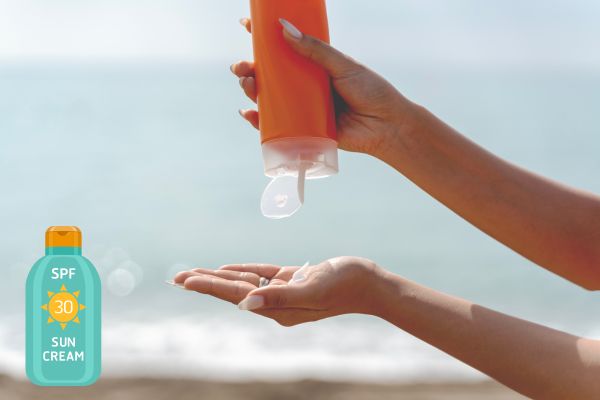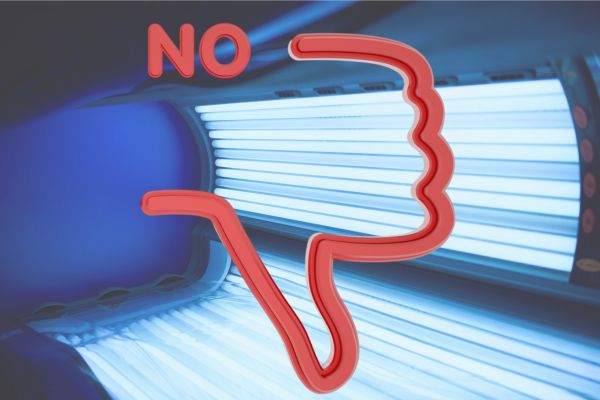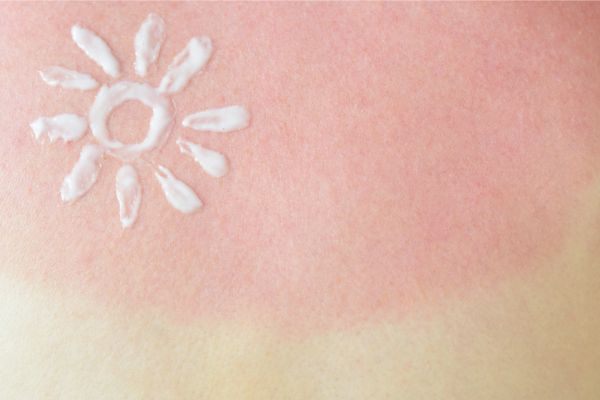Summer has arrived, which means time spent outdoors and increased exposure to sun and the UV radiation it produces. Those UV rays can cause skin damage in as little as 15 minutes, and prolonged exposure and damage can lead to skin cancer. The good news is that with a little planning and care, you can protect your skin from the sun.
Avoid the Sun in the Morning and Early Afternoon
The sun is most intense and produces the greatest chance of sunburn between 10 a.m. and 4 p.m., so limit time outdoors during these hours. If you are outside during these times, seek shade, use sunscreen, and wear protective clothing.
Always Use Sunscreen
 If you will be outdoors, make sure you are using sunscreen and re-applying every two hours (or more frequently if swimming or sweating). The American Academy of Dermatology recommends using a sunscreen with an SPF of at least 30. Make sure the label says “broad spectrum,” which means it helps protect against both UVA and UVB rays. Periodically check the expiration date of your sunscreen. Shelf life is typically three years but will be less if it has been stored in high temperatures.
If you will be outdoors, make sure you are using sunscreen and re-applying every two hours (or more frequently if swimming or sweating). The American Academy of Dermatology recommends using a sunscreen with an SPF of at least 30. Make sure the label says “broad spectrum,” which means it helps protect against both UVA and UVB rays. Periodically check the expiration date of your sunscreen. Shelf life is typically three years but will be less if it has been stored in high temperatures.
Wear Protective Gear
Wear sunglasses with UVA and UVB protection; a wide-brimmed hat to protect your face, ears, and neck; and protective clothing, which provides consistent coverage and doesn’t wear off like sunscreen will.
Avoid Tanning Beds
 Tanning beds produce harmful UVA and UVB rays that increase the risk for skin cancer. According to the American Academy of Dermatology, just one indoor tanning bed session in your lifetime can increase your chance of developing skin cancer by 20%. There is also no proven evidence that using a tanning bed to get a base tan will decrease the risk of sunburn.
Tanning beds produce harmful UVA and UVB rays that increase the risk for skin cancer. According to the American Academy of Dermatology, just one indoor tanning bed session in your lifetime can increase your chance of developing skin cancer by 20%. There is also no proven evidence that using a tanning bed to get a base tan will decrease the risk of sunburn.
The Do’s & Don’ts for Caring for a Sunburn
 Do: Apply a cold compress to burn area or take a short cool shower or bath
Do: Apply a cold compress to burn area or take a short cool shower or bath
Don’t: Apply ice directly to the sunburn and don’t use harsh soap, which can irritate skin
Do: Moisturize your skin while it is damp, using a gentle moisturizing lotion
Don’t: Use petroleum or oil-based ointments
Do: Take ibuprofen, naproxen, or aspirin, or use over-the-counter cortisone cream or aloe vera
Don’t: Ignore blisters, fever, chills, and wooziness or confusion. See a doctor if these appear.
